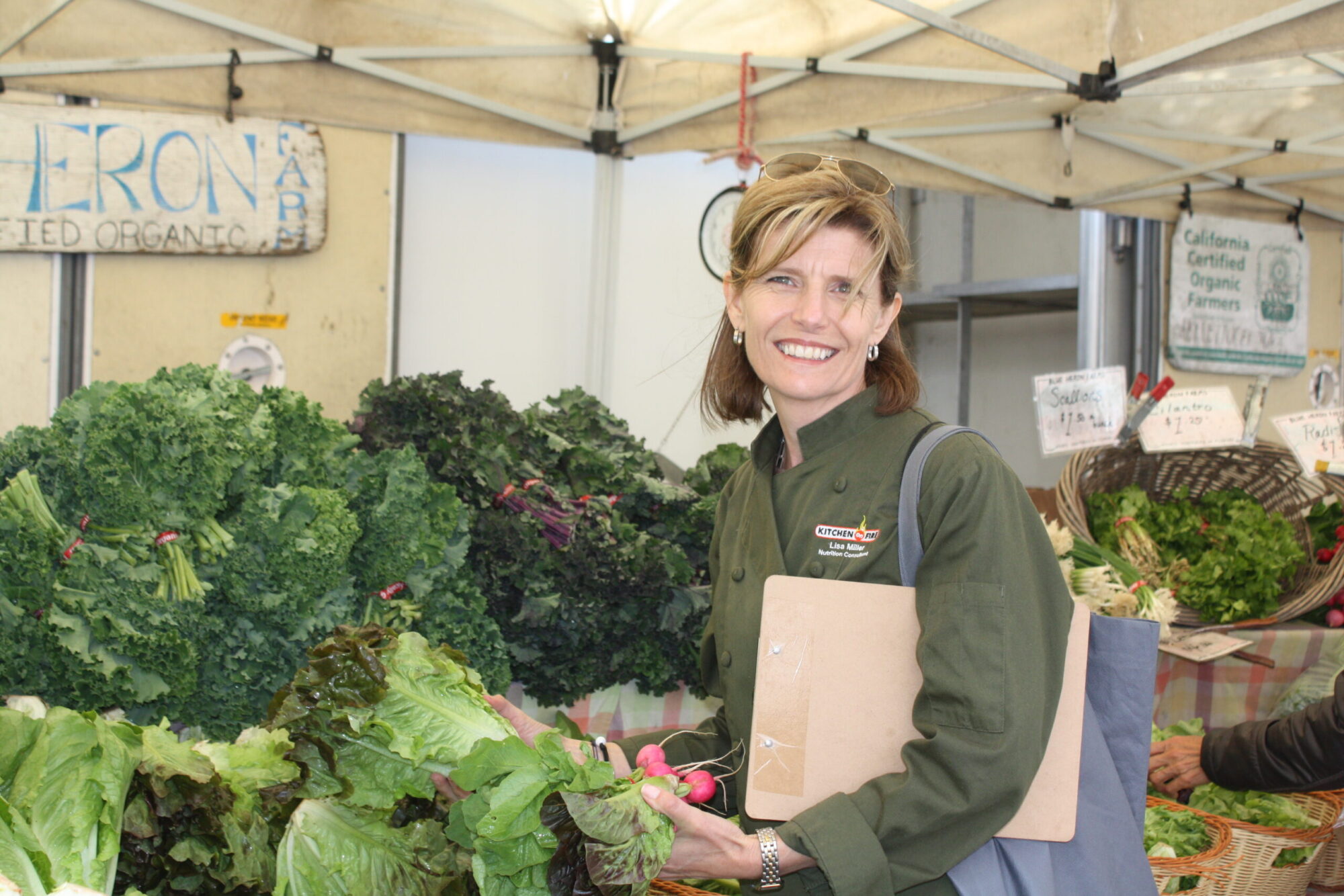 Pumpkins are delicious and very nutritious! Pie pumpkins are any one of several varieties of pumpkin grown for eating rather than decorative purposes. Generally, pie pumpkins are smaller and more dense than decorative pumpkins. Recipes calling for pumpkin may use canned or fresh pie pumpkins, but should never have decorative pumpkins used as a substitute.
Pumpkins are delicious and very nutritious! Pie pumpkins are any one of several varieties of pumpkin grown for eating rather than decorative purposes. Generally, pie pumpkins are smaller and more dense than decorative pumpkins. Recipes calling for pumpkin may use canned or fresh pie pumpkins, but should never have decorative pumpkins used as a substitute.
Pie pumpkins are small and dense and usually have a medium or dark orange color. They usually appear in markets and grocery stores in September, and continue to be sold through November. The most common variety of pie pumpkin is the deliciously flavorful sugar pie, but other eating pumpkins may include winter luxury, deep red, and golden cushaw. http://www.wisegeek.com/what-are-pie-pumpkins.htm
Nutrition Info: Pumpkins are a good source of Vitamin E, Thiamin, Niasin, Vitamin B6, Folate, Iron, Magnesium and Phosphorus, and a VERY good source of dietary fiber, Vitamin A, Vitamin C, Riboflavin, Potassium, Copper and Manganese.
http://nutritiondata.self.com/facts/vegetables-and-vegetable-products/2601/2#ixzz289l5nicN
The low glycemic load of pumpkin, combined with its low calorie content, makes pumpkin a good choice for maintaining a stable blood sugar level and controlling your weight.
http://www.livestrong.com/article/332065-the-glycemic-index-of-pumpkin/#ixzz28kDzQu2B
In North America, decorative pumpkins are carved into jack-o’-lanterns in honor of Halloween. Pumpkins bred for this purpose are usually meant to be very large, mostly hollow and flat-bottomed for stability. The side effect of the large growth is that the flesh of the pumpkin is usually watery and bland. Although the seeds inside decorative pumpkins are excellent for toasting, the flesh should not be eaten, as it is usually tasteless.

